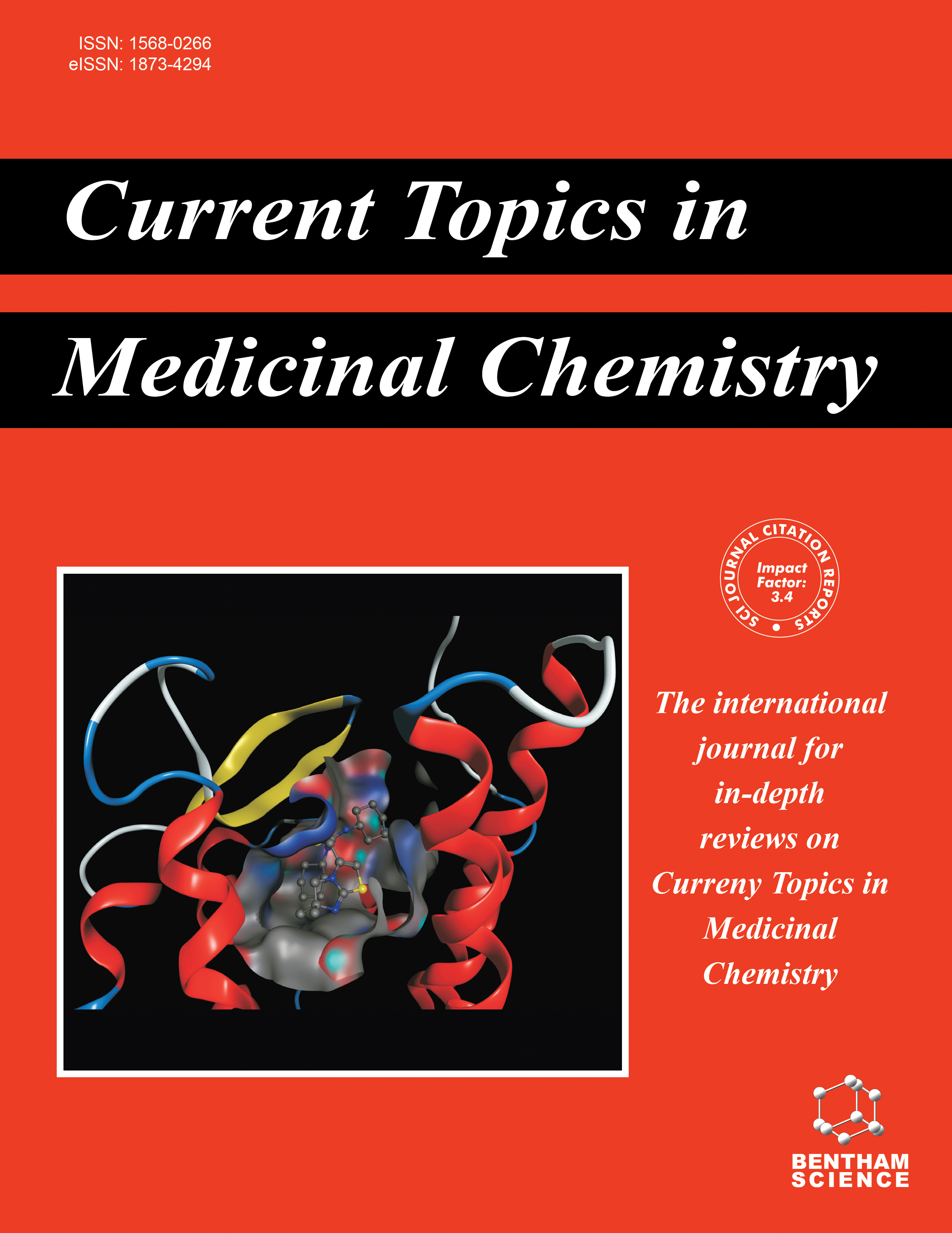
Full text loading...

Quinolones, discovered in the 1970s, have played a critical role in revolutionizing the treatment of bacterial infections due to their broad-spectrum antimicrobial activity. Over the decades, these compounds have been extensively studied, resulting in the development of numerous new derivatives. This review explores the history and development of quinolones, focusing on their Structure-Activity Relationship (SAR), mechanisms of action, and the challenges posed by antimicrobial resistance. The key resistance mechanisms include mutations in DNA gyrase and topoisomerase IV, which reduce drug binding, plasma-mediated mechanisms, and chromosomal changes that decrease drug uptake or retention. These mechanisms highlight the need for innovative approaches to design quinolones to overcome these resistance pathways. This review also provides an understanding of the SAR of quinolones and, by integrating historical advancements and current challenges, it provides a foundation for the development of next-generation quinolone derivatives with improved efficacy and minimized resistance.

Article metrics loading...

Full text loading...
References


Data & Media loading...